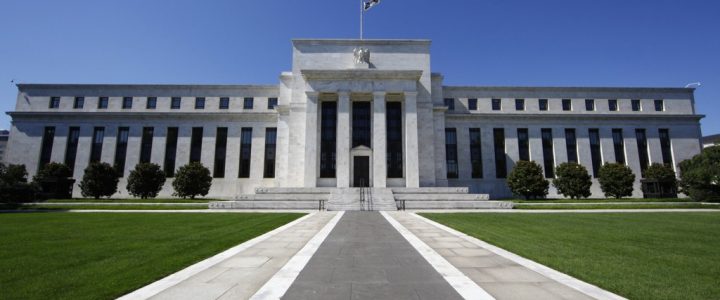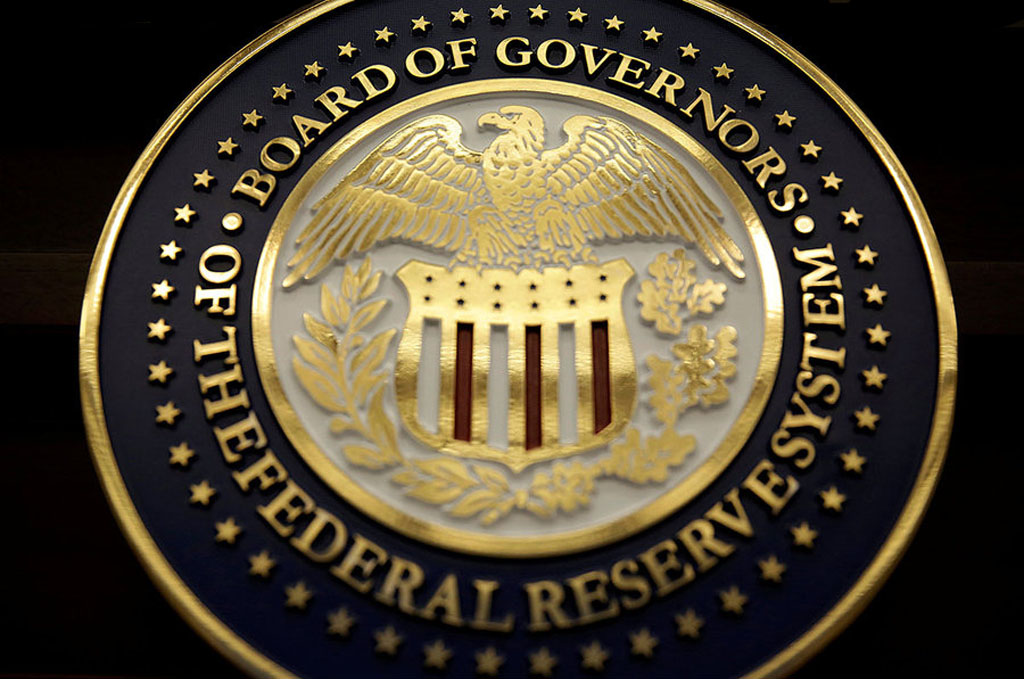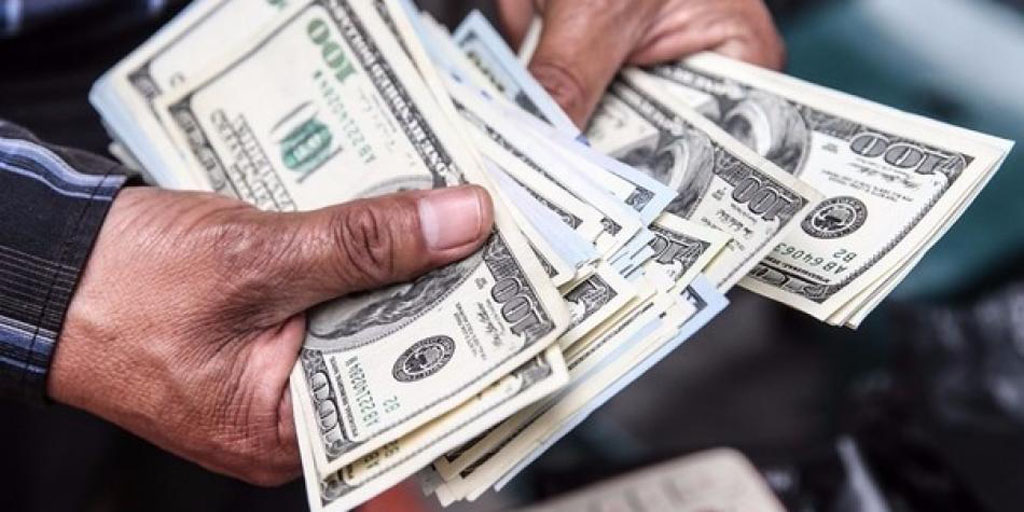U.S. stocks have taken a battering during the fourth financial quarter, against the backdrop of a global economic downturn, a tech market slowdown and an increasingly volatile geopolitical climate.
Of course, there was some relief for U.S. stock index futures on Sunday, with Wall Street recording marginal gains following a meeting between President Trump and Chinese leader Xi Jinping at the G20 summit in Argentina. Here, it was agreed that both the U.S. and China would shelve any new tariffs as part of their ongoing trade dispute, while also pledging to reset discussions in the near-term.
The markets are still gripped by uncertainty and volatility, however, with the U.S. government apparently considering introducing a ‘Fed pause’ in the new year. But what does this mean, and what would it mean for the North American economy?
What is a Fed Pause?
The term ‘Fed pause’ is a well-known one in the U.S. economy, while it’s most commonly used during times of increased economic volatility.
In a climate where stock values and the corporate bond market is also being undermined, a Fed pause is often discussed as a way of manipulating the economic landscape.
In simple terms, a Fed pause requires the Federal Reserve to delay future interest rate hikes, whether these are deferred or stopped for a predetermined period of time. In theory, this allows the Reserve to freeze the base interest rate in order to support an economy with stagnant wage growth and a high level of indebtedness, while also reducing company costs across a wide range of measures and improving the level on sentiment in the stock market.
Of course, there’s always a certain level of uncertainty when introducing a Fed pause, as while this describes a temporary base rate freeze it can last for an indefinite period of time.
It’s then up to the Fed when or if the pause is ended, depending on the performance of the financial markets and the wider economy.
What will this mean for the Economy?
As we’ve already said, a Fed pause will help the Federal Reserve to support and control various aspects of the economy, while reducing the cost of both secured and unsecured borrowing for households.
As a result, a Fed pause can stimulate economic growth by encouraging people to seek out low-cost credit and complete big ticket purchases, although this is a short-term and ultimately unsustainable measure that must be managed well.
While it will also minimise the rate of return that households can recoup from their savings, this is less of a concern in an economy where wage growth is restricted and families have less disposable income to their name.
By introducing a Fed pause early in 2019, investors believe that the U.S. government would also be able to avoid tightening financial conditions to breaking point. With a further hike initially scheduled for next month, there’s no doubt that this is an impassioned plea from traders who fear a sustained market decline.
However, some traders in the commodity market would arguably not benefit from a Fed pause, particularly if they were looking to invest in products at competitive prices.
The reason for this is simple; as interest rates and the price of raw materials are inherently bound by the cost of holding inventory. So, as interest rates rise, so too the price of commodities move along a downward trajectory, enabling traders to invest in low value assets that can deliver a genuine return.
Sources: nasdaq.com / ft.com / theguardian.com / investopedia.com
Related Posts
« 5 Things all successful people do well When should a start-up seek investment? »







